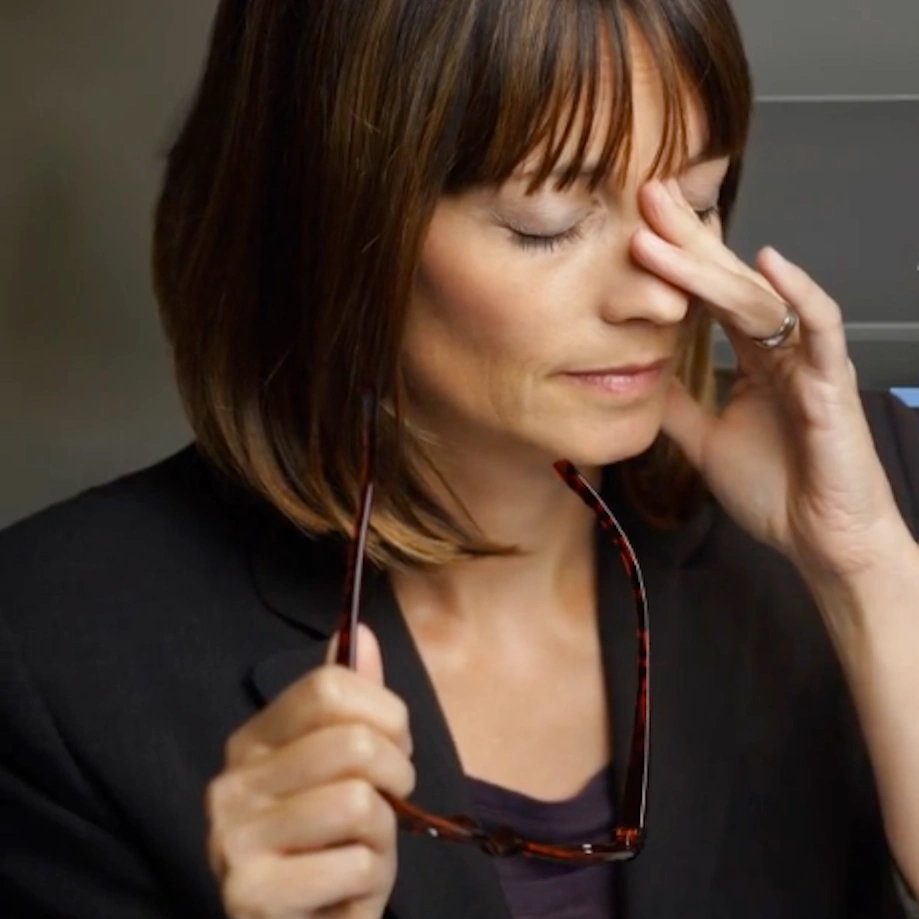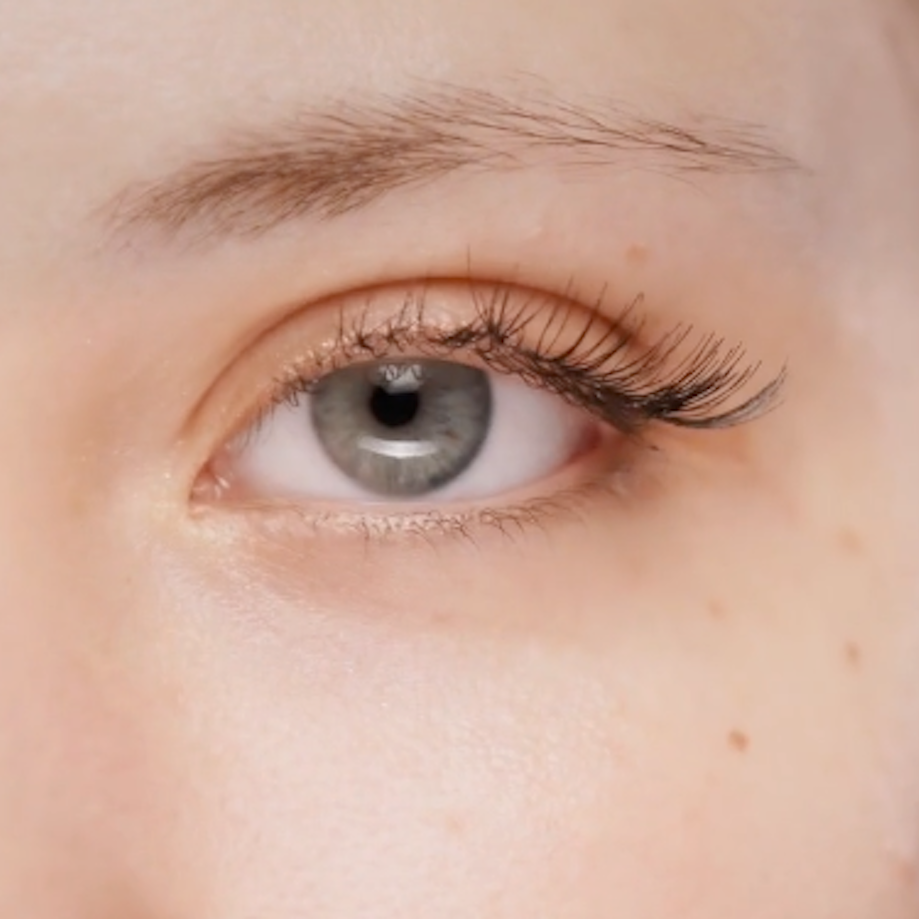
Dry Eye Syndrome
Do you suffer from burning, itchy, or watering eyes? Dry eye syndrome, otherwise known as dry eye disease, could be the reason for your symptoms. At Columbus Ophthalmology Associates, we know how frustrating dry eye symptoms can be and we offer diagnosis and treatment to manage chronic dry eyes.
What is Dry Eye Syndrome?
Dry eyes occur when there is not adequate lubrication on the surface of the eye.
Trusted Source
Prevalence of Diagnosed Dry Eye Disease in the United States Among Adults Aged 18 Years and Older
Farrand KF, Fridman M, Stillman IO, Schaumberg DA
Go to Source
Studies
estimate that the number of Americans who suffer from this condition is more than 16 million. Anyone can have occasional dry eyes, but dry eye syndrome, also called keratoconjunctivitis sicca, is characterized by frequent or severe dry eyes.
Related Pages

Types of Dry Eye Disease
Dry eye disease is categorized into two different types:
- Aqueous Tear Deficiency (ATD) is a type of dry eye disease that happens when your body does not produce enough tears.
- Evaporative Dry Eye is the more common type of dry eye disease and it occurs due to a tear film dysfunction, meaning that the quality of the tears produced is poor.
Meibomian Gland Dysfunction (MGD)
Evaporative dry eye is often caused by an underlying condition called Meibomian Gland Dysfunction or MGD. Your eyelids have tiny glands that produce lubricating oils to keep your eyes moisturized and prevent tear evaporation. If these glands, called Meibomian glands, become blocked, it can cause dry eye syndrome.
Common Dry Eye Syndrome Symptoms
If you suffer from frequent dry eyes, you may have dry eye syndrome. Some of the
Trusted Source
Dry Eyes
Mayo Clinic
Go to Source
symptoms
of dry eyes include:
- Redness
- A burning or stinging sensation
- Itchy eyes
- Watery eyes (excessive tearing as an overcompensation for dryness)
- Eyes that feel fatigued or tired
- Blurry vision
- Sensitivity to light
- Difficulty seeing at night
- Stringy eye discharge
Causes of Dry Eyes
There is not one singular cause of dry eyes, and this irritating condition can affect anyone. Some
Trusted Source
What is Dry Eye?
American Academy of Ophthalmology
Go to Source
risk
factors that can increase the likelihood of dry eye symptoms include:
- More than 2 hours per day of screen time
- Aging—dry eyes occur more frequently over age 50
- Environmental factors, such as dry and windy weather
- Contact lenses
- Hormonal changes, including menopause
- Medical conditions, including thyroid disorders, rheumatoid arthritis, Sjögren’s syndrome, autoimmune diseases, hypertension, diabetes and Meibomian gland dysfunction
- Prolonged use of certain medications, such as birth control pills, decongestants, antihistamines, diuretics, and certain antidepressants
Long Term Effects of Dry Eye Syndrome
Dry Eye Syndrome is typically an ongoing, chronic disease. If left untreated, patients may experience the following complications:
- Eye infections: healthy and abundant tears protect the surface of your eyes. Without adequate tears, you may have an increased risk of eye infection.
- Damage to the surface of your eyes: when left untreated, severe dry eyes may lead to eye inflammation, corneal abrasions, corneal ulcers and vision loss.
- Decreased quality of life: symptoms of chronic dry eye disease can be debilitating. Suffering with dry eyes can make it difficult to perform everyday activities such as reading or wearing contact lenses.
If you are experiencing prolonged signs and symptoms of dry eyes, it is important to visit an experienced eye doctor trained in the proper diagnosis and treatment of dry eye disease. Getting diagnosed and having an eye care treatment plan customized for your condition can help alleviate the symptoms of dry eye and also prevent possible future complications.
How is Dry Eye Syndrome Diagnosed?
When patients experience dry, irritated eyes, our doctors can perform a number of tests to diagnose the source of their discomfort. This allows us to recommend the most appropriate treatment for their dry eye syndrome. These tests may include:
Your Dry Eye Diagnostics may include:
Dry Eye Questionnaire
The dry eye questionnaire measures several symptoms and includes degree of irritation, frequency, intensity throughout the day. The score of your dry eye questionnaire results is used to help diagnose dry eye disease and to quantify its severity.
TearLab® Osmolarity Test
TearLab® Osmolarity System is used to measure the osmolarity of tears to aid in the diagnosis of dry eye. This test provides a quick, simple method for determining tear osmolarity – or measure of salt concentration – using very small amounts of tear fluid collected directly from the eyelid margin. The results help discriminate a healthy eye from an eye with Dry Eye Disease.
Slit Lamp Examination
A slit lamp is a microscope with a bright light used during an eye exam. It gives your ophthalmologist a closer look at the different structures at the front of the eye and inside the eye. It’s a key tool in determining the health of your eyes and detecting disease.
Meibomian Gland Examination
Meibography is specialized imaging used to examine meibomian glands, the glands responsible for producing natural oils in your tears. This test helps determine if you may have Meibomian Gland Dysfunction, a leading cause of dry eye disease.
Tear Film Analysis
This test assesses tear volume, tear stability, and tear quality to determine if you have a tear disorder that may be contributing to your dry eye.
Schirmer Test
This test measures the rate of tear production.
Corneal Staining
To assess the condition of the front of a patient’s eye and tear quality.
Tear Break-Up Test
Helps us to determine the stability of tear film.
External Examination
With an external exam, the doctor looks for signs of blepharitis and also evaluates blink dynamics and the structure of the eyelids.
Magnification
Magnifying the view of the eye helps doctors evaluate the cornea and eyelids in great detail.
Laboratory Tests
In some cases, a medical condition may be the source of a patient’s dry eye syndrome.

Treatment Options for Dry Eye Syndrome
At Columbus Ophthalmology Associates, we offer several dry eye solutions. Your eye doctor will discuss your symptoms and evaluate your eyes to determine the cause of your dry eyes. Then they will recommend a treatment plan that may include home remedies, prescription eye drops, or in-office procedures to provide you with dry eye relief.
Frequently Asked Questions About Dry Eye Syndrome
Will over-the-counter eye drops fix my dry eyes?
Over the counter eye drops and artificial tears can provide temporary relief. Look for formulas that do not have preservatives. However, if your frequent dry eyes are caused by MGD or poor tear production, you will need treatment from an ophthalmologist or optometrist who specializes in dry eye disease.
Are there any home remedies for dry eyes?
Yes, there are several things you can do to help prevent or soothe dry eyes:
- Keep the air in your home moist with a humidifier
- Use warm compresses
- Take frequent breaks when working on a computer or looking at a screen
- Take supplements that support eye health, such as Vitamin A
- Eat a diet rich in omega-3 fatty acids
Visit a Columbus Ophthalmology Associates Location in Ohio
Get the comprehensive, personalized eye care you need in Ohio with Columbus Ophthalmology Associates. Find a location near you and schedule your appointment today.

5155 Bradenton Avenue
Dublin OH, 43017

5965 E Broad St #480
Columbus OH, 43213

4176 Kelnor Drive
Grove City OH, 43123
Dry Eye Relief Starts Here
Are you experiencing symptoms of dry eye? Schedule your dry eye exam today.
1 Farrand KF, Fridman M, Stillman IO, Schaumberg DA. Prevalence of Diagnosed Dry Eye Disease in the United States Among Adults Aged 18 Years and Older. Am J Ophthalmol 2017;182:90-8
2 Mayo Clinic. Dry Eyes. Available: https://www.mayoclinic.org/diseases-conditions/dry-eyes/symptoms-causes/syc-20371863. Accessed June 16, 2021
3 American Academy of Ophthalmology. What is Dry Eye? Available: https://www.aao.org/eye-health/diseases/what-is-dry-eye Accessed June 16, 2021
The doctors at Columbus Ophthalmology Associates have either authored or reviewed the content on this site.





